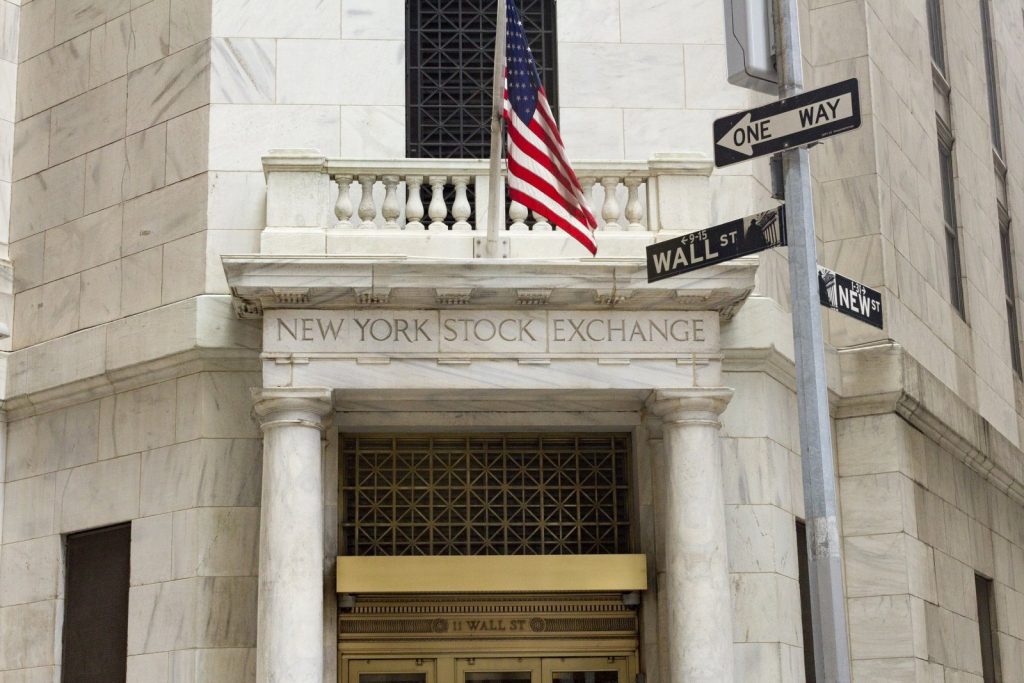Last year was a remarkable year for stocks. Gains were relatively large, with the S&P 500 Index returning 21.8% for the year, but not unprecedented. The smoothness with which those gains occurred, however, was unprecedented. The S&P 500 Index saw twelve months of positive returns last year on a total return basis – something it has not done since its creation in 1957. Global stocks, as measured by the MSCI All Country World Index (ACWI), also saw positive monthly returns for each month of 2017, something that has not occurred in over 30 years.
2017’s smooth “melt up” in stock prices continued into this year…up until last week, that is, when the S&P 500 Index posted its worst week in two years.
And, according to Reuters, the S&P 500’s 4.10% slump on Monday was the deepest one-day percentage drop since Aug. 18, 2011, when the index fell 4.46% over fears about a weakening economy. Since last Thursday’s close, the S&P 500 has declined 6.13%, its deepest two-session loss since August 2015. The S&P 500 is down 7.79% from a record closing high on Jan. 26, and has declined 0.92% year-to-date. Monday was the first time in 2018 that the S&P 500 closed in negative territory for the year-to-date.
While the recent market events are unnerving and fodder for sensational media headlines, they are not unprecedented. In fact, global stocks have fallen from peak-to-trough by more than 10% in two-thirds of the years since 1979, yet most of those times still posted a gain for the year.
It is also worth noting that the S&P 500 closing price on February 5th is still higher than the close just two months earlier, December 7th. The recent events are, however, a reminder that investment risks are always with us. Heightened investment risks – high US stock market valuations, elevated geopolitical and political tensions, and the tightening of monetary conditions and interest rate increases at a time of increasing budget deficits – just may have been the catalyst for the recent stock market downturn. Will this downturn be limited to just a temporary pullback or will it develop into a full-fledged bear market? For now, this still looks like a “normal” correction of an over-bought market; the sense of extreme euphoria that gripped the markets since late 2016 was bound to fade at some point. The truth is no one knows for certain. What we do know is that in times of increased (or some would say normal) market volatility, as we are once again experiencing at this advanced stage of the business cycle (9th year of expansion), staying globally diversified and rebalancing back to target allocations will be an important strategy again in 2018.



